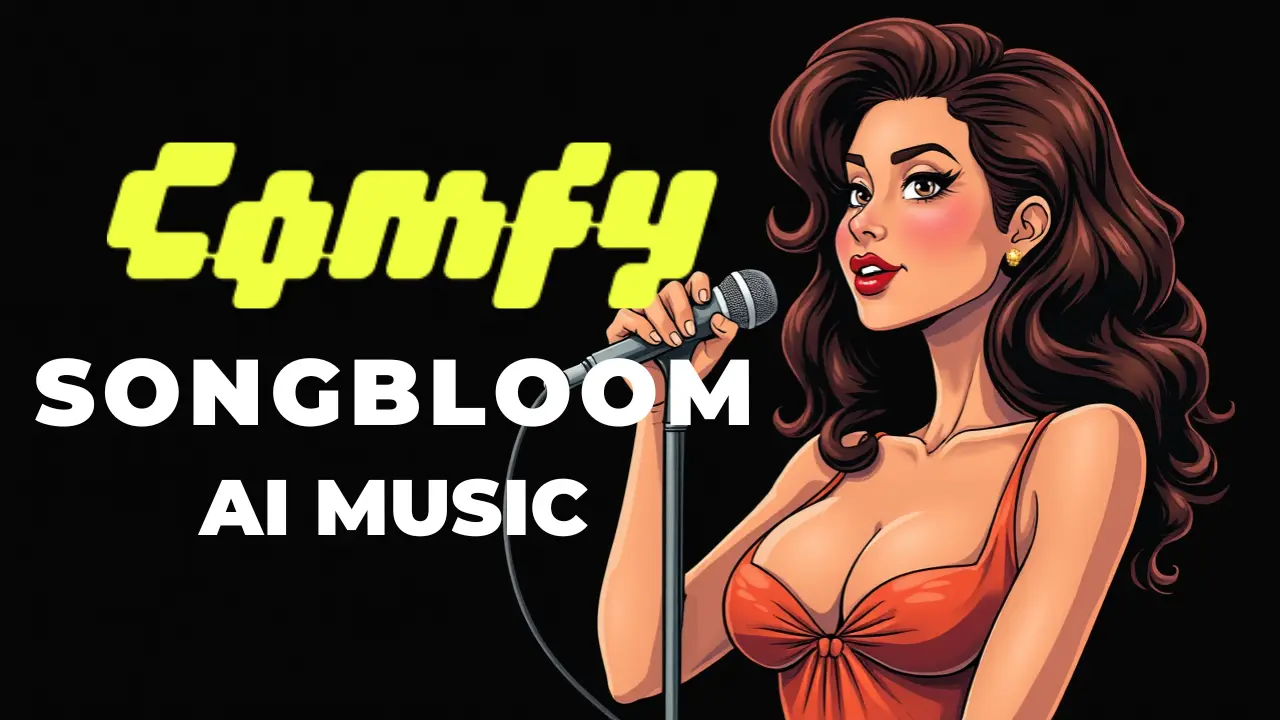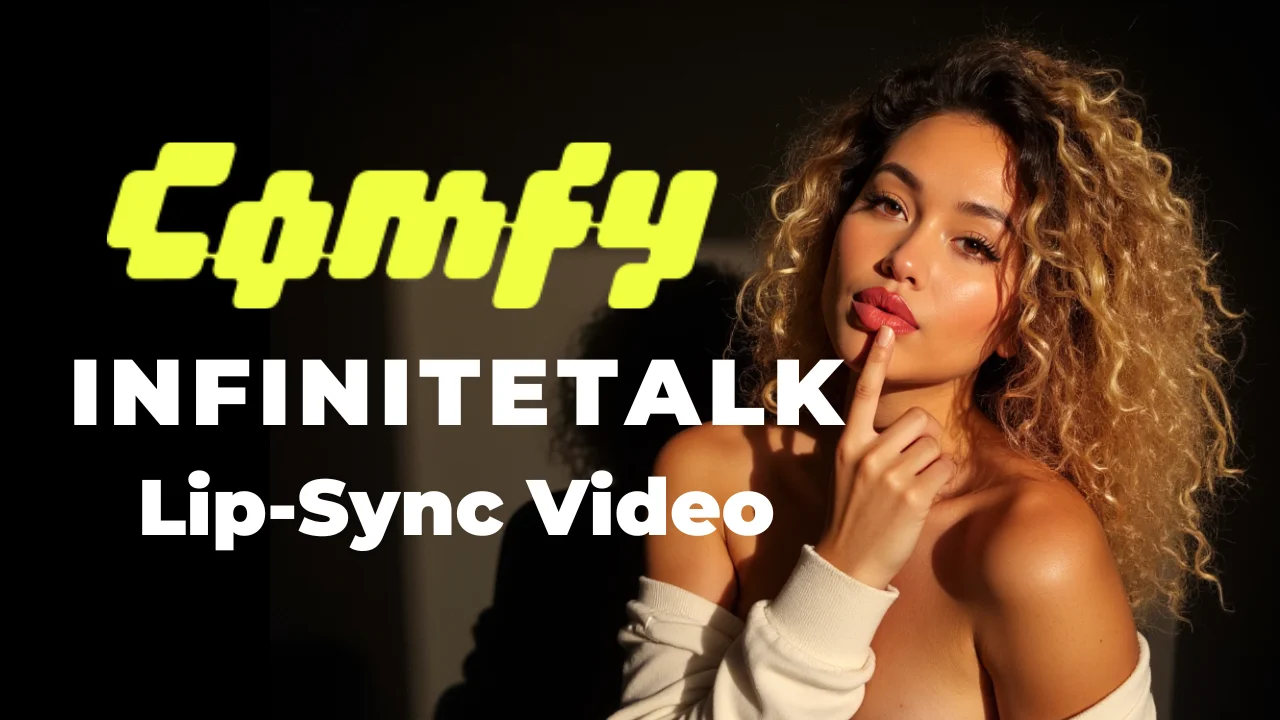How to Create Stunning QR Code Art Using Stable Diffusion and Control Net
Table of Contents
1. Introduction
In our increasingly digital world, QR codes have emerged as vital tools for sharing information efficiently. Yet, as their usage proliferates, the desire for unique and visually striking QR codes has grown. This blog post explores how to create stunning QR code art through the sophisticated combination of Stable Diffusion and Control Net technologies. By leveraging these advanced AI tools, you can generate QR codes that not only function effectively but also captivate the viewer's attention. Join us as we navigate through the requirements, setup, and creative process behind making your QR codes an innovative art form.
2. Understanding QR Codes
Before we dive into the technical aspects of creating QR code art, it is essential to understand what a QR code is and its functionalities. QR codes (Quick Response codes) are two-dimensional barcodes that store data in a matrix format, making them scannable using mobile devices. For optimal results, a QR code must meet specific criteria:
-
High fault tolerance: Aim for at least a 30% error correction.
-
Margin: Include a white margin, known as a quiet zone, around the QR code.
-
Design: Avoid any thin white lines between black elements, which can hinder scanning.
By adhering to these requirements, your QR code will not only function correctly but will also provide a solid foundation for artistic enhancement.
3. Setting Up Your Environment
Creating captivating QR code art requires a proper setup. Start by ensuring you have the Automatic 1111 Stable Diffusion GUI installed, along with the Control Net extension. Here are the installation steps:
-
Install Automatic 1111 Stable Diffusion GUI.
-
Follow the designated guide to set up Control Net.
-
Download the QR Code Monster model from the Hugging Face website.
Once you have the model downloaded, move the safe tensor file to your Control Net models folder. This prepares your environment for the creative process that lies ahead.
4. Creating Your QR Code
With your environment set, the next step involves generating a QR code that meets the required specifications. Utilize a free QR code generator, and we recommend Anthony’s QR Toolkit as a reliable option. Here’s how to configure it:
-
Error Correction: Set to H.
-
Margin (or Quiet Zone): Set to 4.
-
Pixel Size: Adjust to 20.
After generating and downloading your QR code as a PNG file, it will be ready for artistic modification. This foundational step is crucial as it ensures the QR code remains scannable after applying visual effects.
5. Navigating Stable Diffusion Settings
Once you have your QR code ready, it’s time to utilize the Stable Diffusion text-to-image feature. Here's how to set it up:
-
Open the text-to-image page within the Automatic 1111 web UI.
-
Choose a checkpoint of your preference.
-
Enter an appropriate prompt and a negative prompt.
Now configure the following settings:
-
Sampling Method: DPM++ 2M SD Caris.
-
Sampling Steps: Set between 30 to 40; a minimum of 30 is recommended.
-
Dimensions: Width and height should both be set to 768.
-
CFG Scale: Set this around 7.
Enable the high-res fix and adjust the upscaler settings appropriately, selecting either E Aroree 4X or 4X Ultra Sharp if available.
6. Refining Through Control Net
The next phase entails using Control Net to further refine your QR code art. After dragging your QR code into the Control Net unit, enable the following settings:
-
Pixel Perfect: Set to yes.
-
Pre-Processor: Choose none.
-
Model: Select the QR Code Monster model.
-
Control Weight: Typically around 1.7; adjust as needed.
-
Control Steps: Start at 0.2 and aim for an ending step around 0.8.
-
Control Mode: Always set to balanced.
With your settings configured, you are now ready to generate the image. Ensure that your mobile device is handy to test the scannability of the QR code immediately after generation.
7. Conclusion
In summary, creating visually impressive QR codes using Stable Diffusion and Control Net is an engaging process that marries technology with creativity. By following the outlined steps, from setting up the environment to refining your images through Control Net, you can produce QR codes that are not only usable but also aesthetically pleasing. Remember, the key lies in maintaining a balance between functionality and artistry. We encourage you to experiment and explore various designs, and we are excited to see the QR code masterpieces you will create. For further insights and guidance, feel free to visit our website. Thank you for joining us on this creative journey!



